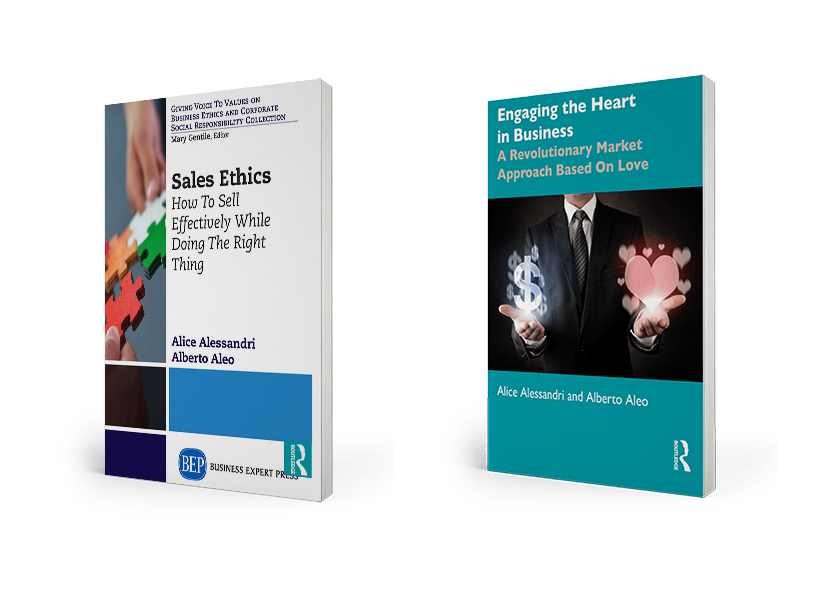by Alberto Aleo and Alice Alessandri
More and more often a company’s success is directly linked to the central importance of a good customer journey which can guarantee a positive customer experience. Therefore let’s clarify the real meaning of these terms and become familiar with the connected marketing tools, in order to offer our clients the greatest possible satisfaction at every stage of our relationship. In fact it is thanks to a successful customer journey that companies and professionals can create value for their clients, allowing them to fully and personally experience the quality of their offers.

A movie starring your client
Imagine the customer journey, i.e. the journey representing the customer experience, as a movie where your client is the protagonist and you are the director.
Just as any successful film, this movie should be exciting and captivating, therefore it is important to carefully design each sequence in order to make it memorable. Apart from the main actor, other characters will appear in the film as co-stars, i.e. all the people within the company who are in various ways involved in the relationship with the client. These include all the staff working in the sales department, administration and logistics departments, after-sales service etc. The various sequences will also feature all those ‘props’ which belong to your offer system: products, services, catalogues, price lists,… Once you have completed the casting and the list of elements you want to present to your client, you just need to start writing the screenplay.
Where do you start? Divide the relationship with the client into different stages. Here are some suggestions:
- Market exploration
- First contact
- Need analysis
- Offer
- Comparison with other offers
- Agreement
- Product or service usage
- Problem solving and after-sales service
- Feedback collection
- Customer retention over time
- New purchases
– – –
In order to obtain a captivating movie, the protagonist should enjoy positive experiences throughout the different stages.
– – –
Just as a good film director, you have to prepare your actors so that they say their lines properly, respecting their times and roles. You also have to decide how and when to introduce the objects which can best represent your offer. Make sure you remember to choose and list carefully the locations where the scene will take place. These physical and virtual “settings”, which we’ll discuss in the next paragraph, represent the so-called touch points: planning them with care is one of the most important aspects for the success of your project!
Touch Points, or client/business interactions
We have already dealt with touch points (or client/business interactions) in an article published some time ago, however it is worth recalling a few aspects. The list of TP you will prepare considering the different stages of the customer journey – which will probably include such items as your website, waiting room, showroom, workshop etc.. – will prove that there are two main kinds of interactions:
- those you can control directly, because they include someone or something from your company
- those you cannot control either because they take place when you are not there (ex. word of mouth) or because they are badly managed i.e. marked by negative experiences, as in the case of a secretary who doesn’t really know how to deal with the customers because nobody has ever trained her how to do so.
Be careful, even if a touch point is not under your control (or is badly managed) it can still play a strategic role. If, for instance, one of the most visited “virtual” settings is your website and this is obsolete and useless, you should find a solution in order not to leave your clients disappointed. Careful planning of every single interaction is essential, especially in the initial (as in the website example) and final sequences of the film: statistics show that the most important moments are at the beginning – when we start building an opinion about what we are going to experience – and at the end – which is linked to the quality of our memories. For more information about how to plan your touch points please read the article mentioned above.
Props, actors and their interactions
Now let’s focus on how to introduce the elements of your offer system in the film and how to make the actors use them effectively. It is evident that the offer is not represented only by your products and services, but also includes your values, style in personal relationships, human capacities, professional competence, reputation, brand, history, experience,etc… Some of these objects are “intangible”, that’s why it is so important to show them and make them evident within the various touch points.
– – –
The aim is to represent them all in the film, throughout the different stages of the customer experience.
– – –
Actors and settings must give tangible meaningful expression to intangible yet essential elements, such as the company’s declared values. If you have promised “attention and respect” to your clients, then each scene will need the correct settings, props, actors and lines in order to express these two concepts. It is not an easy task, we know that, but it is very stimulating and can definitely improve the relationship with your customers. Only in this way will you be able to keep the promises you have made through the means of communication and promotion of your business.
When the “story telling”, which persuaded a client to approach you, turns into “story making” i.e. becomes a real positive experience, then your business is destined for great things.
Planning the customer journey is important to build trust within your customers and help them believe in the value you have created.
And now it’s time to take the clapper board and shout ‘action’!

Photo by Jakob Owens on Unsplash
| partem claram semper aspice |
The photos used - where not owned by the editorial team or our guests - are purchased on Adobe Stock and IStockPhoto or downloaded from platforms such as UnSplash or Pexels.
Did you like this post and want to learn more about the topics?
Passodue research on issues related to sales, marketing, ethics and the centrality of human beings within the market logic, officially started in 2012. The results derived from our work are described in the publications and in the books you can find in this section.





This Post Has 0 Comments